Assigment 3
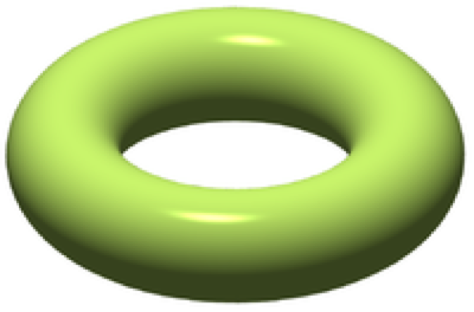
1.3 Ray Sampling
Ray Visualization
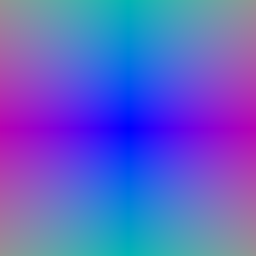
Grid Visualization
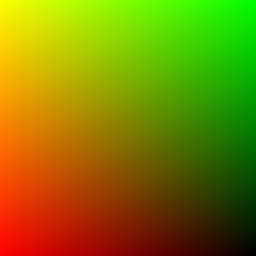
1.4 Point Sampling

1.5 Volume Rendering
Depth Visualization
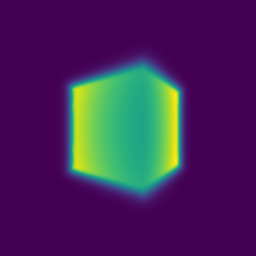
The rendering of the cube
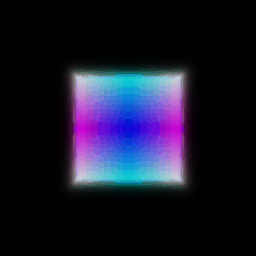
2. Optimizing a basic implicit volume
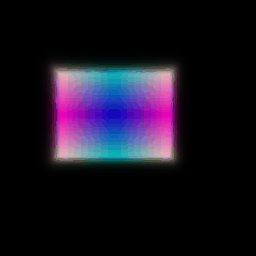
Box center: (0.25, 0.25, -0.00) Box side lengths: (2.01, 1.50, 1.50)
3. Optimizing a Neural Radiance Field
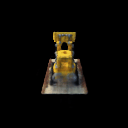

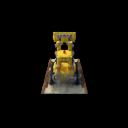
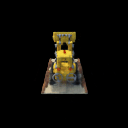
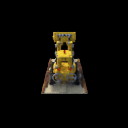
4. NeRF Extras
4.1 View Dependence
I employed the method described in the NeRF paper, predicting embedding and density using an MLP first (6 layers, just like non-view dependent case), then predicting the color from the embedding and the direction using another MLP (2 layered). The tradeoff here is of incorporating the direction dependence too early in the network would overfit the view dependent effect at a 3D coordinate, however, if incorporated too late the generalization quality may suffer.
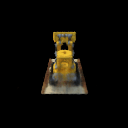
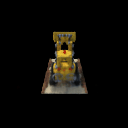
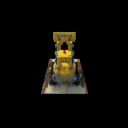
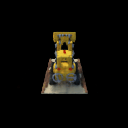
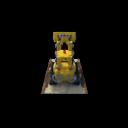
4.3 High Resolution Imagery
(A) To increase the capacity, I increased the hidden layer size from 128 to 256 to 512, and reduced the renderer chunk size by a factor of 2 and 4 to fit the rendering on the GPU. We can notice the additional finer detail that gets captured as the capacity of the NeRF model is increased.
| Hidden Size | Epoch = 150 | Epoch = 250 |
| 128 |

|

|
| 256 |

|

|
| 512 |

|

|
(B) View Dependence vs Non view dependent. The groove details on the top of the (near the red siren) look better on the view dependent version.
| Non View Dependent |

|

|
| View Dependent |

|

|